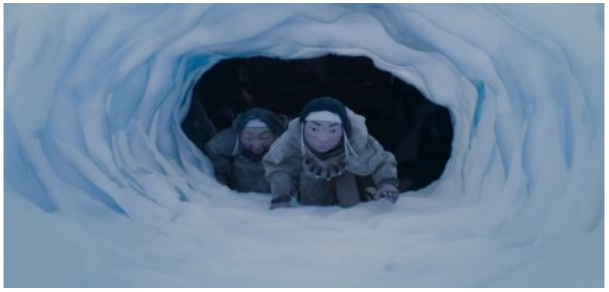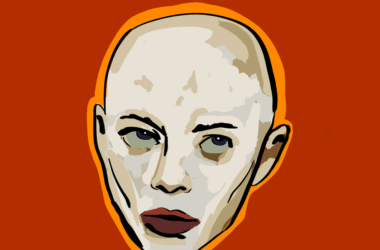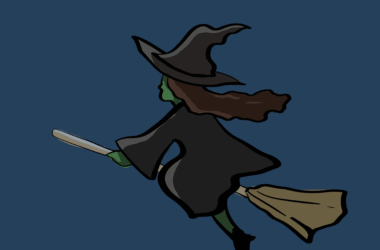Festival Stop Motion Montréal, which took place from Sept. 10 to 19, is dedicated to highlighting the beauty and uniqueness of stop-motion film. For its 13th edition, the festival showcased both local and international talent and focussed on amplifying the work of Indigenous stop-motion artists.
As part of the festival, Wapikoni, a non-profit organization dedicated to supporting First Nations cinema, hosted a round table on Indigenous stop-motion productions, featuring Métis/Anishinaabeg producer and filmmaker Melanie Jackson, Métis filmmaker and multidisciplinary artist Terril Calder, producer Neil Christopher, Inuit filmmaker and producer Zacharias Kunuk, and moderator and Innu filmmaker Jani Bellefleur-Kaltush. The five artists—some having met at the panel, some having been long-time friends and colleagues—discussed their personal experiences as filmmakers and producers.
“I’m fascinated by my culture, [and] fascinated by the knowledge and land,” Kunuk said. “[In the North], there are no trees, so no paper to write on. I am fascinated by [everything] thought orally.”
Kunuk’s stop-motion film Angakusajaujuq: The Shaman’s Apprentice won the festival’s award for Best Independent Film at the festival this year.
The panellists agreed that stop-motion as an art form is an interesting way to tell the stories they grew up hearing from their elders. Director Melanie Jackson used hoop dancing to underline the importance of movement in Indigenous cultures, as shown in her 2009 short stop-motion film Vistas: Dancers of the Grass.
“When it comes to stop-motion, it’s the artistry of the movements [that are important],” Jackson said. “It’s a different way to share those stories that we have been told.”
Another unique aspect of the stop-motion format is its ability to use textures as a narrative tool. Kunuk used the texture of fur, snow, and leathered garments to highlight distinct aspects of Inuit culture. Christopher explained that the authenticity of these textures would have been impossible to recreate in classical or 3D animation.
“When Zacharias Kunuk approached us with a traditional story, stop-motion just felt like the right decision,” Christopher said. “We wanted to see the texture of the fur. It didn’t feel like we should bring it to the computer, and stop-motion would allow us to do animation in a very tactile way.”
Despite the patience required to shoot a stop-motion film, there is an accessibility to the medium that is otherwise rare in cinema. Without a crew to feed and actors to pay on set, the cost of shooting a stop-motion film is often drastically lower than shooting live action. There are opportunities to explore creative liberties that would otherwise be impossible, like shooting a movie in one’s native language.
“With stop-motion, all that is unimaginable becomes imaginable,” Kunuk said.
The round table closed on a discussion on the importance of uplifting Indigenous creators, something Festival Stop Motion Montréal aimed to do during this year’s edition.
“The next challenge for Indigenous creators is to break channels other than APTN,” Jackson said. “Teletoon or Cartoon Network, for example.”
Jackson explained that Canada, in comparison to New Zealand, lags behind when it comes to giving Indigenous creators the opportunity to share their work on country-wide television.
“In New Zealand, TV broadcasters take pride in showing animated shows by Indigenous people,” Jackson said. “By seeing brown skin on screen, it encourages our youth [to see that] there is another way for them to get their stories out there.”







